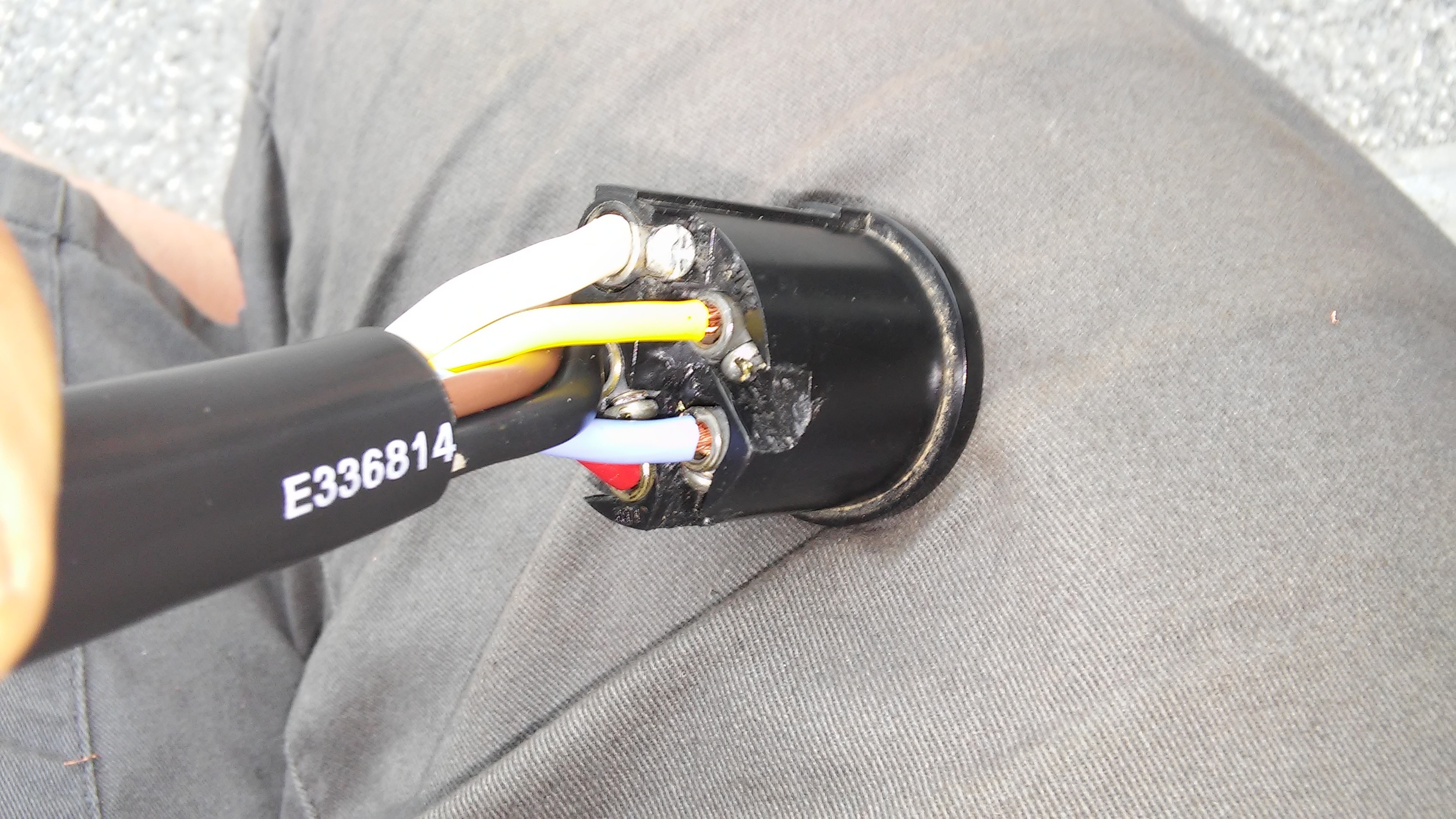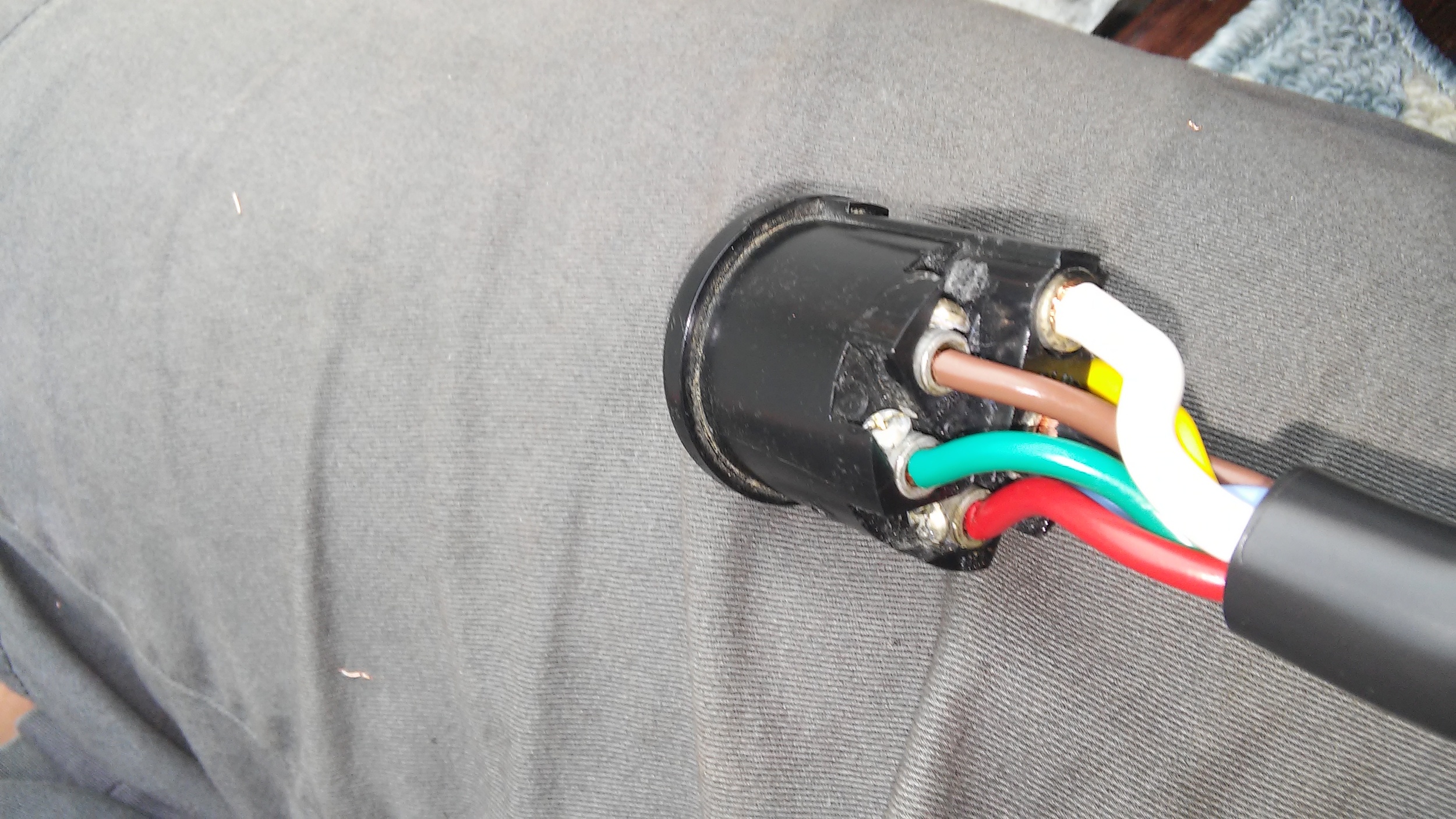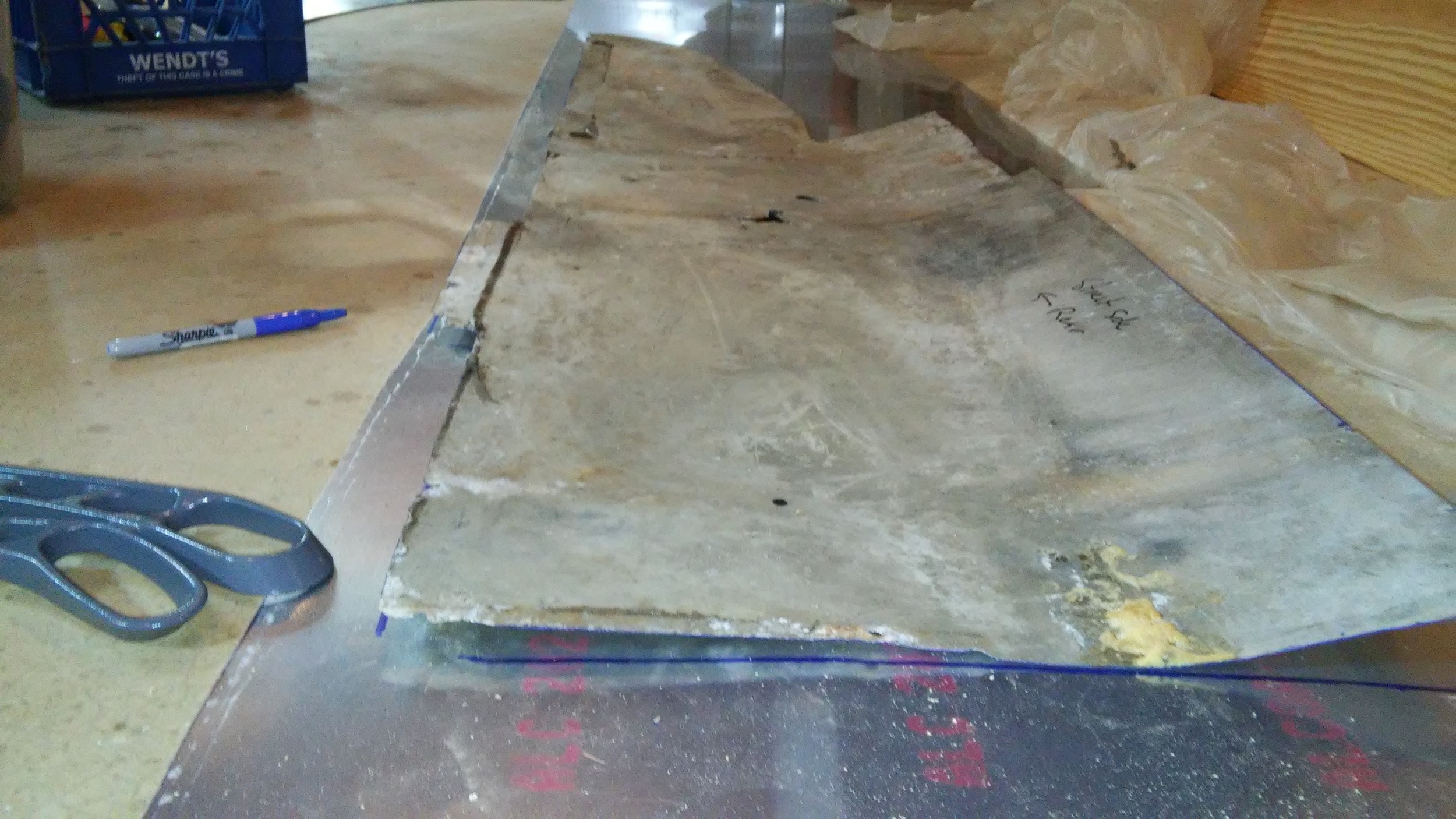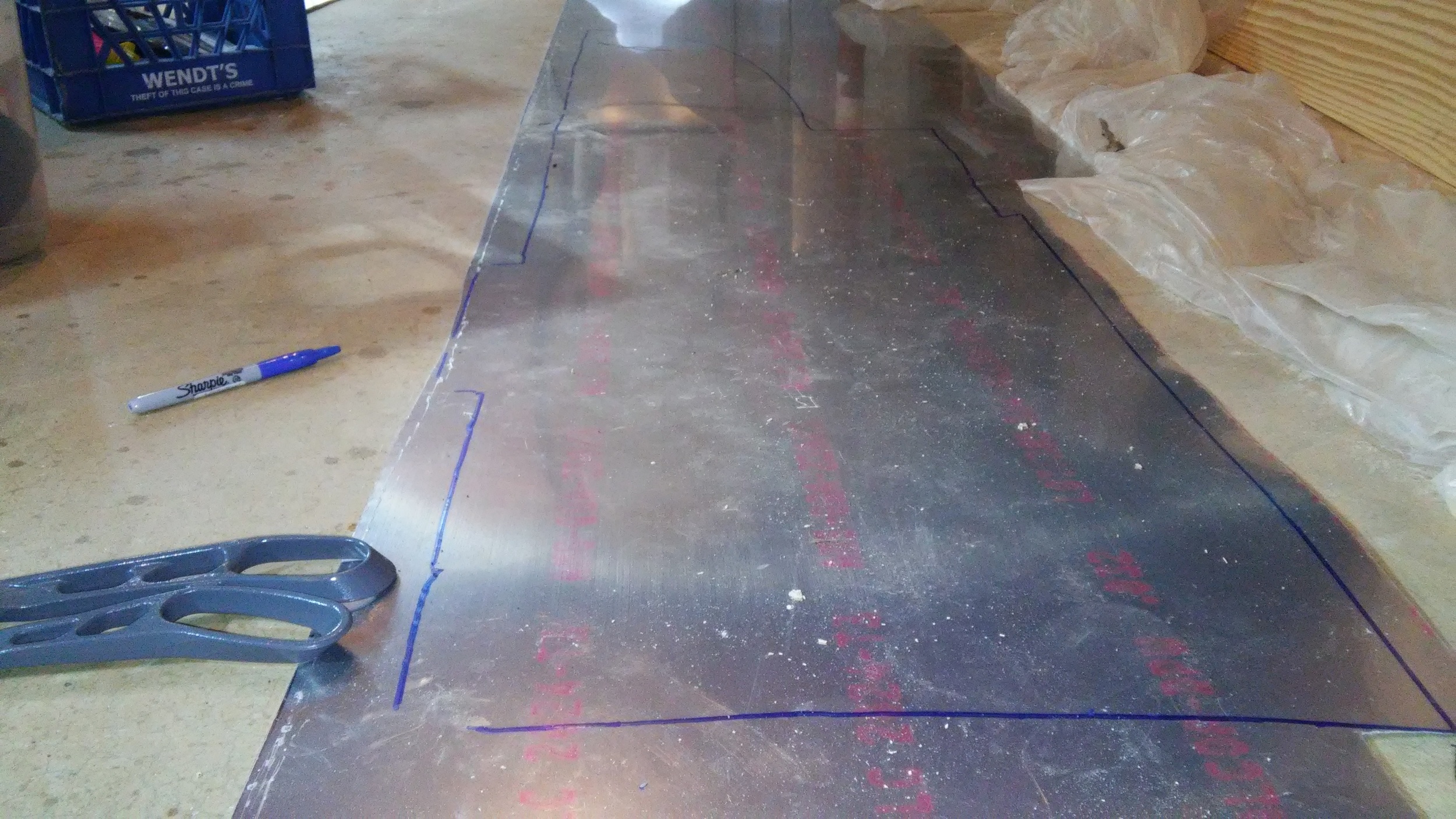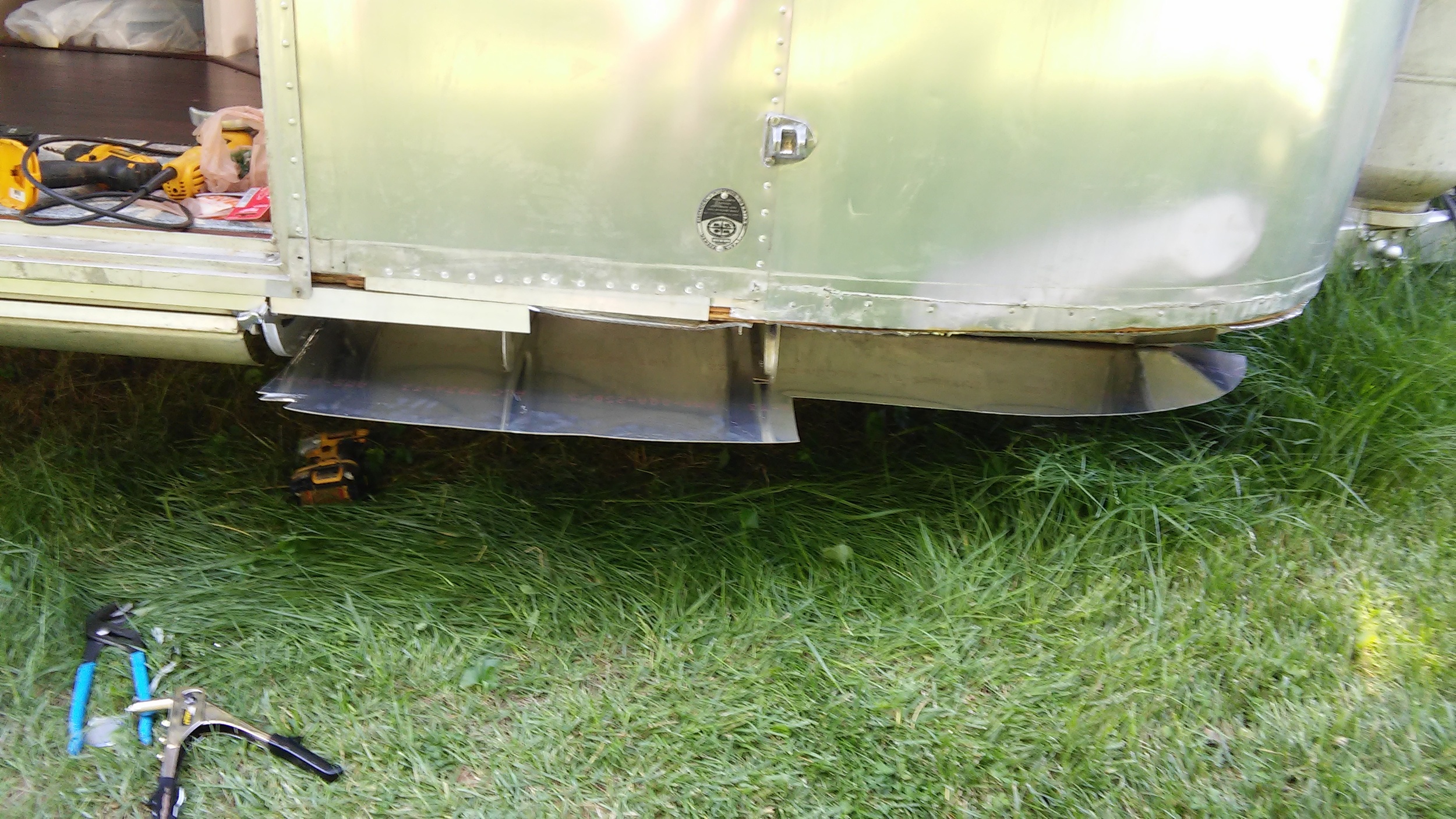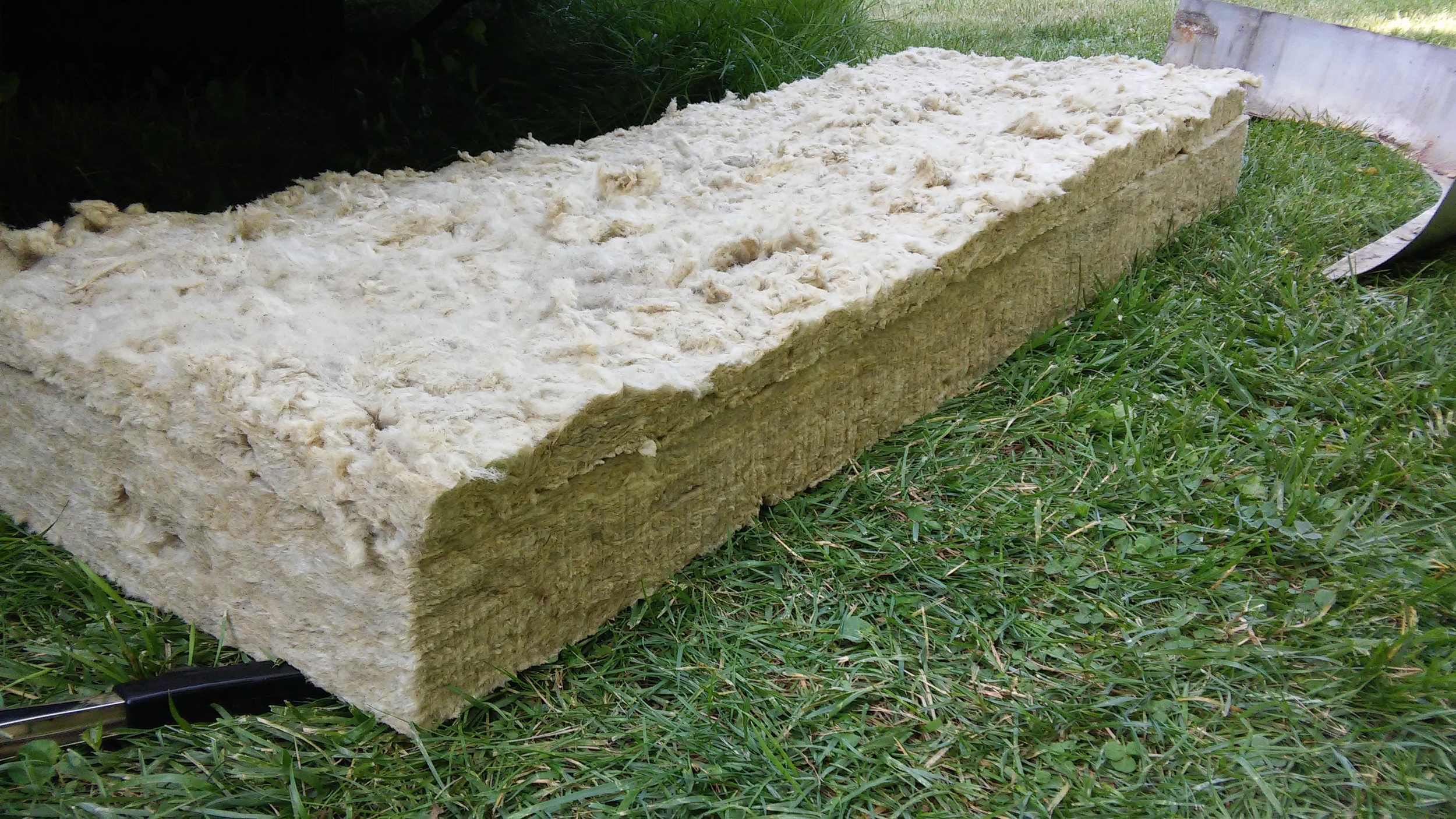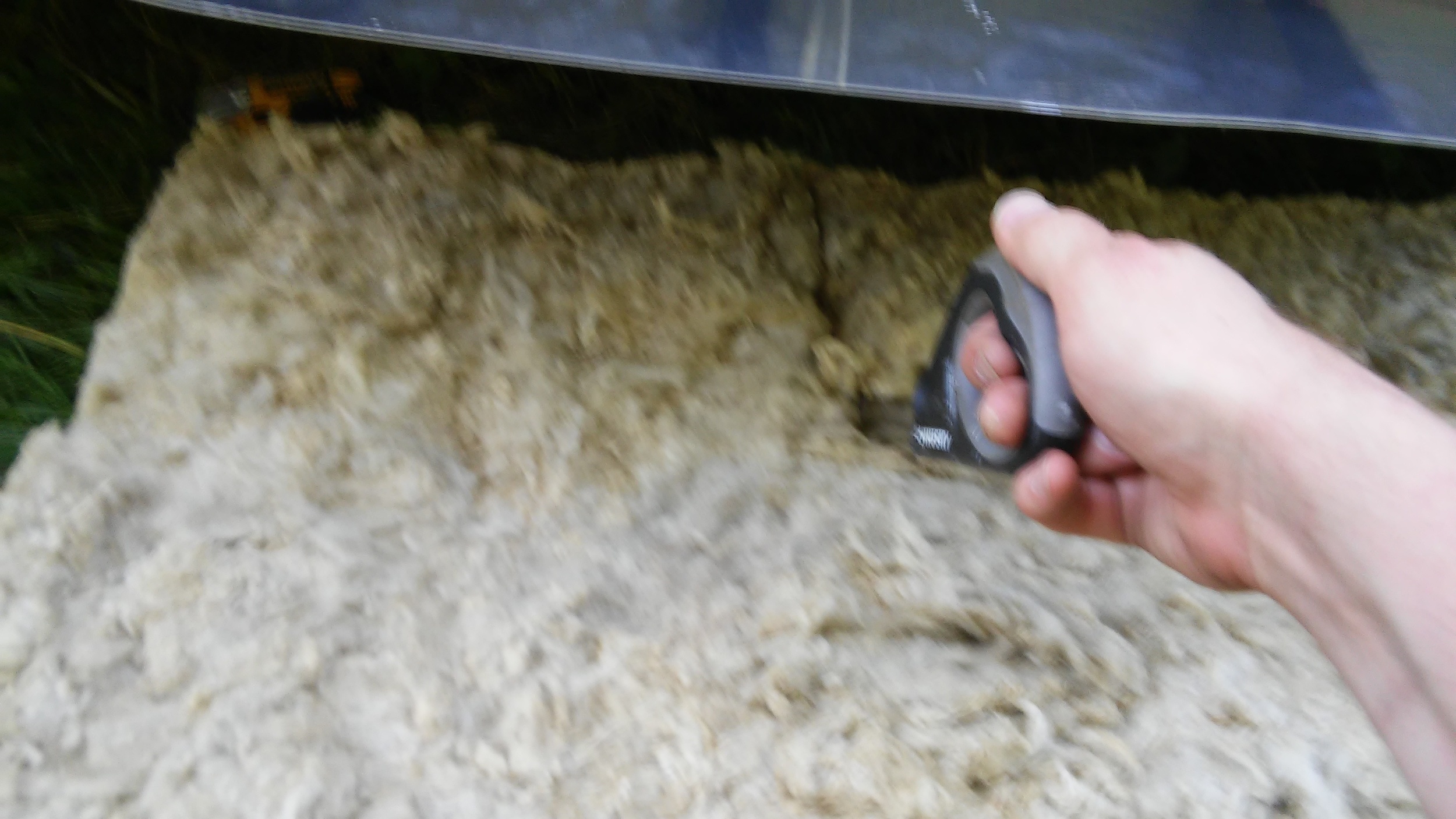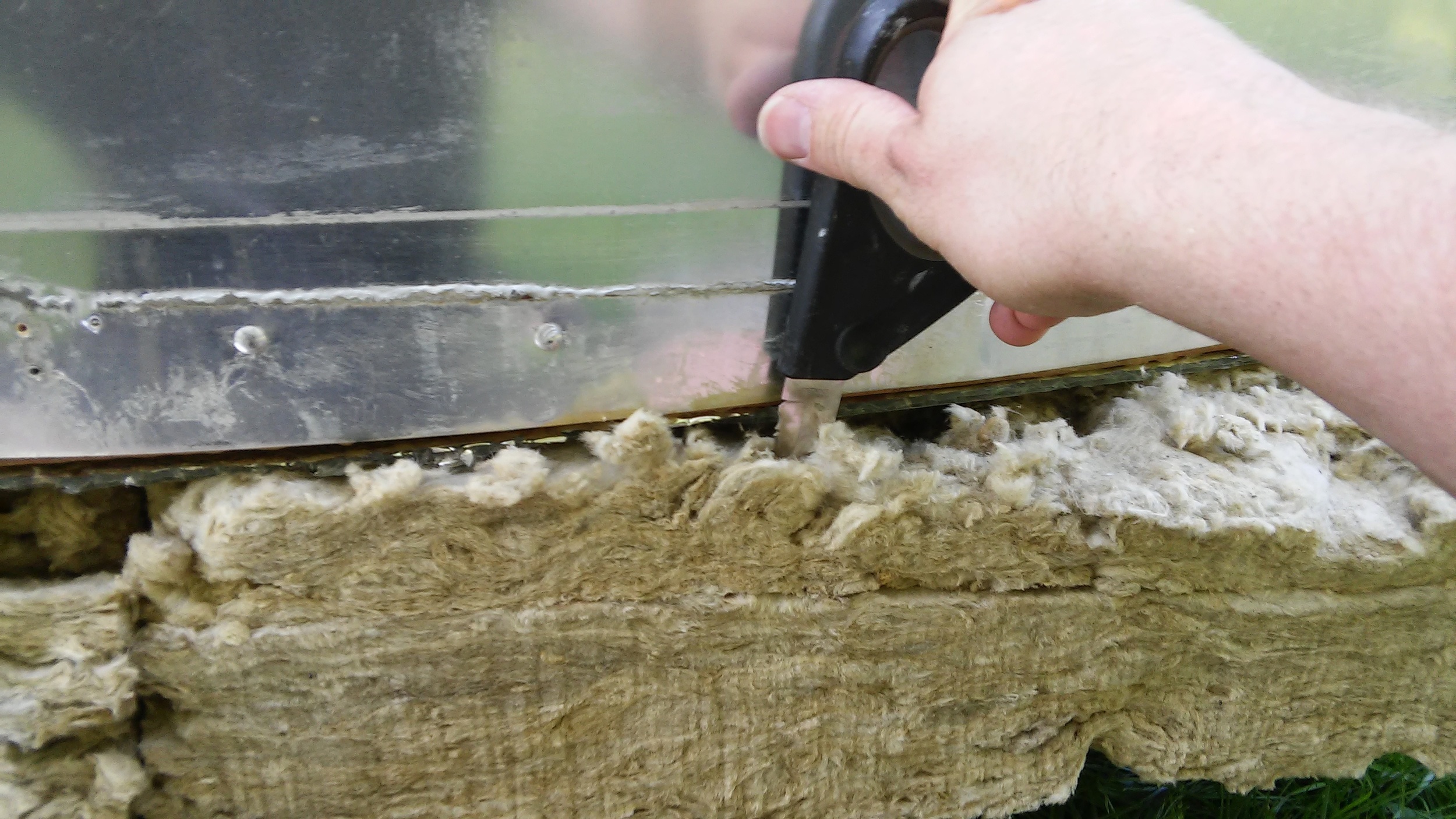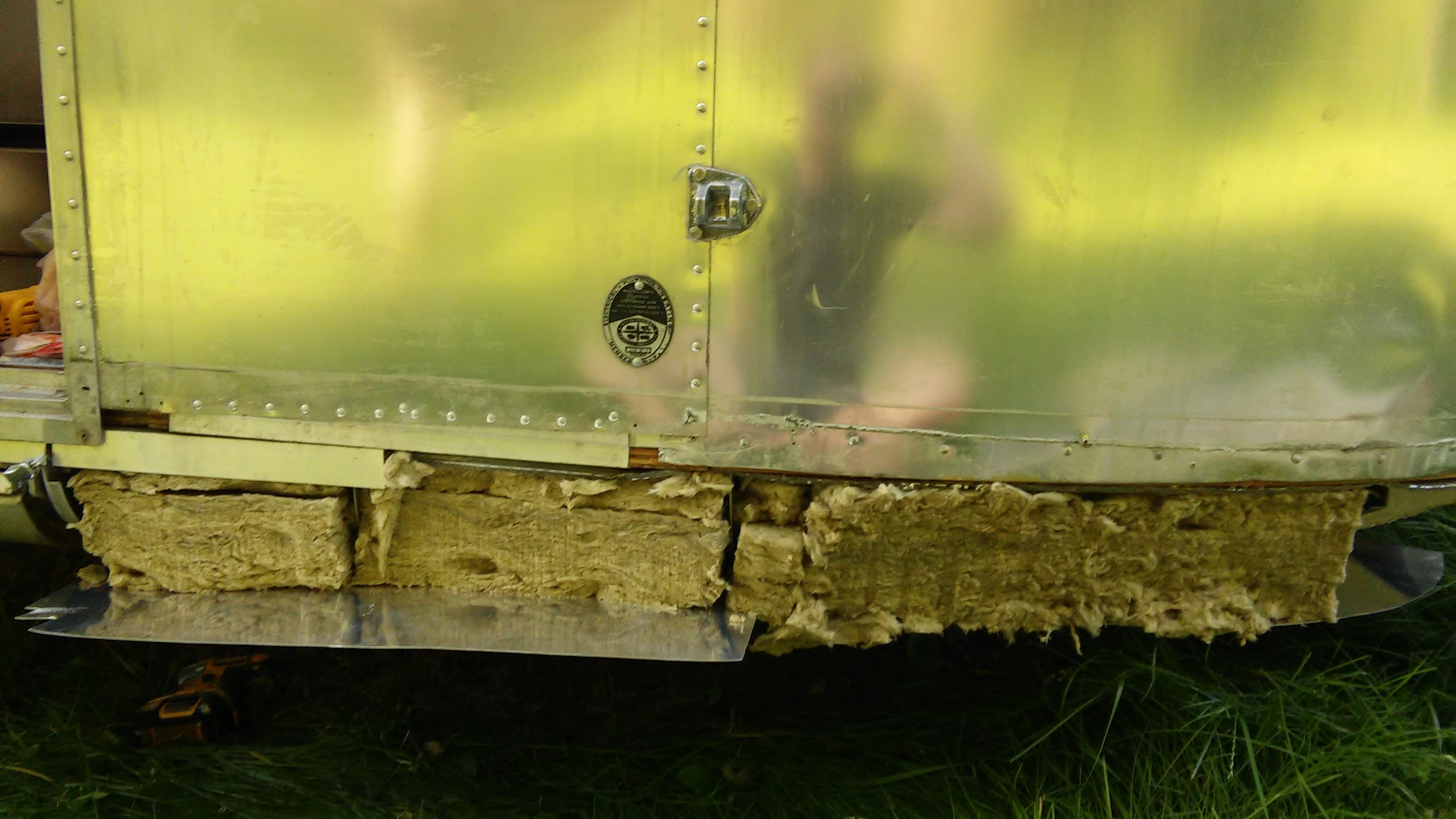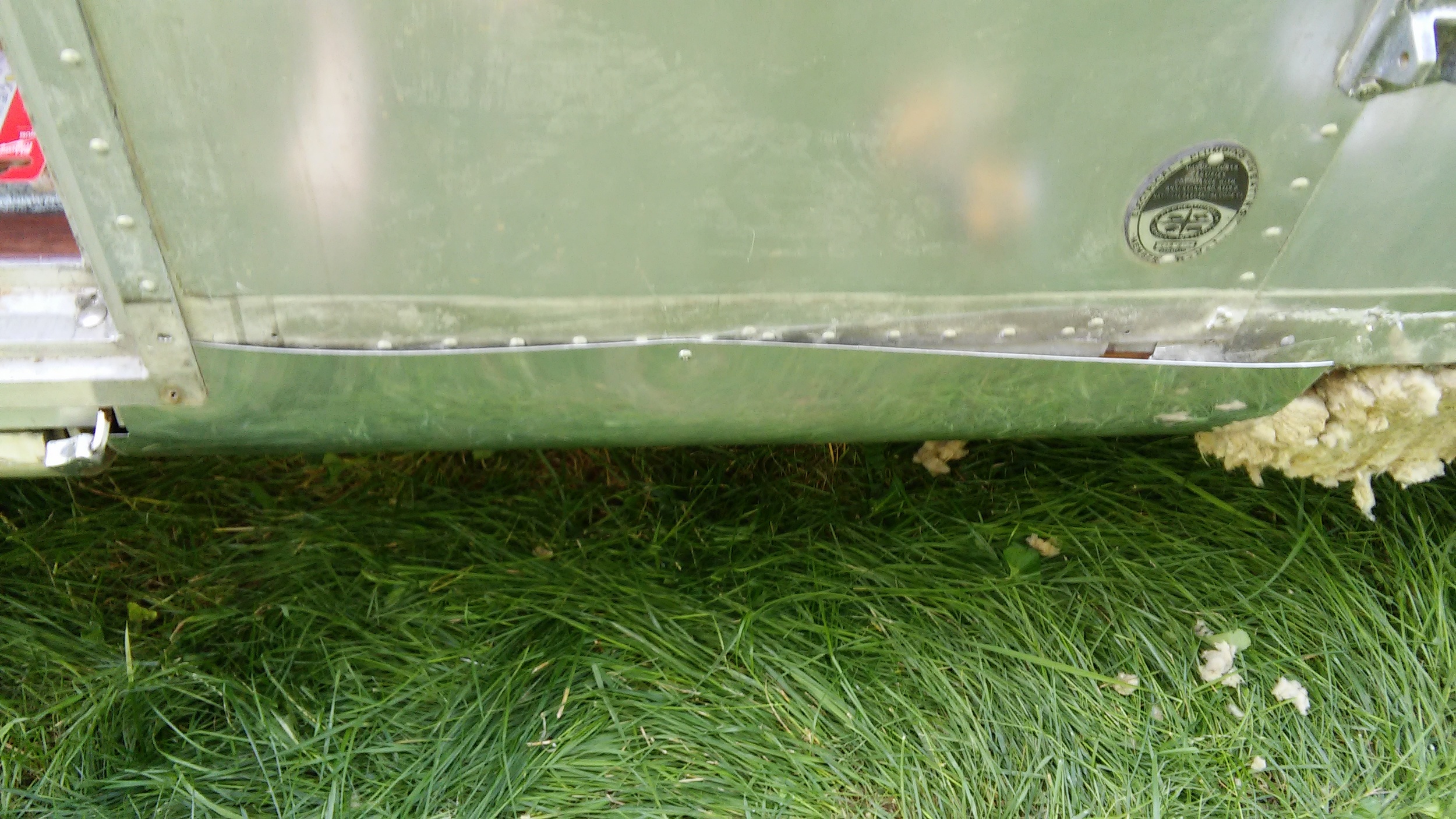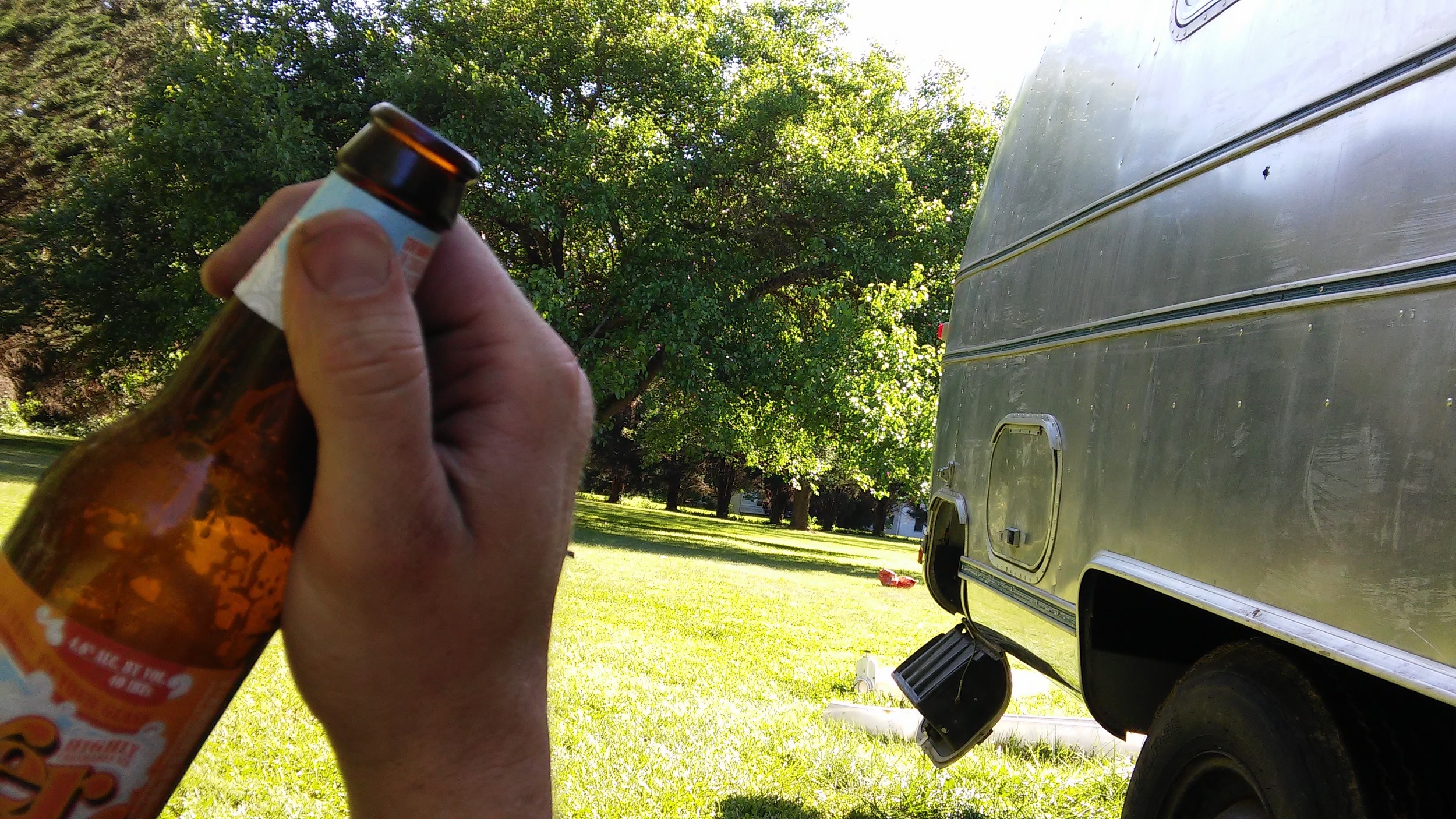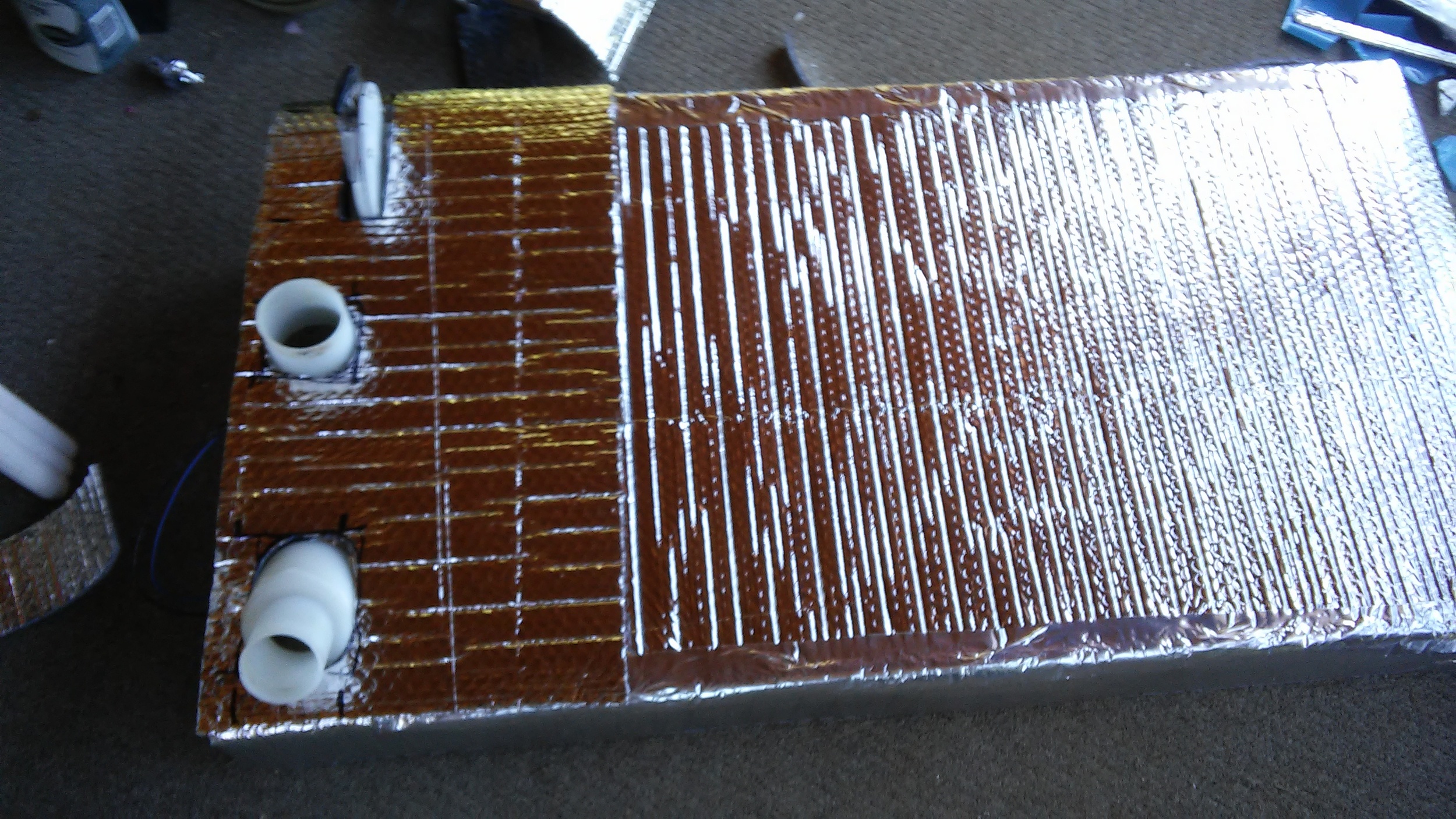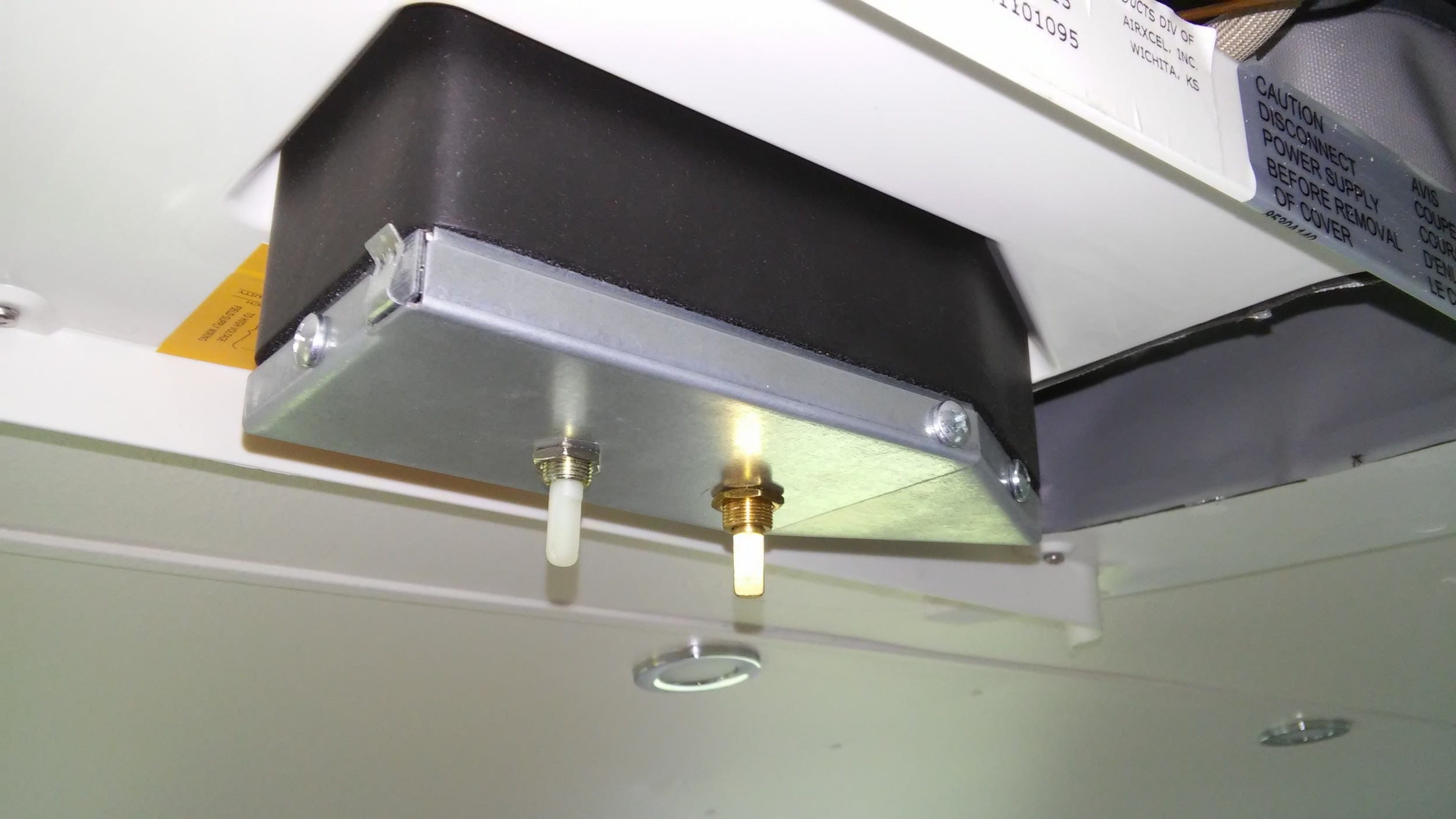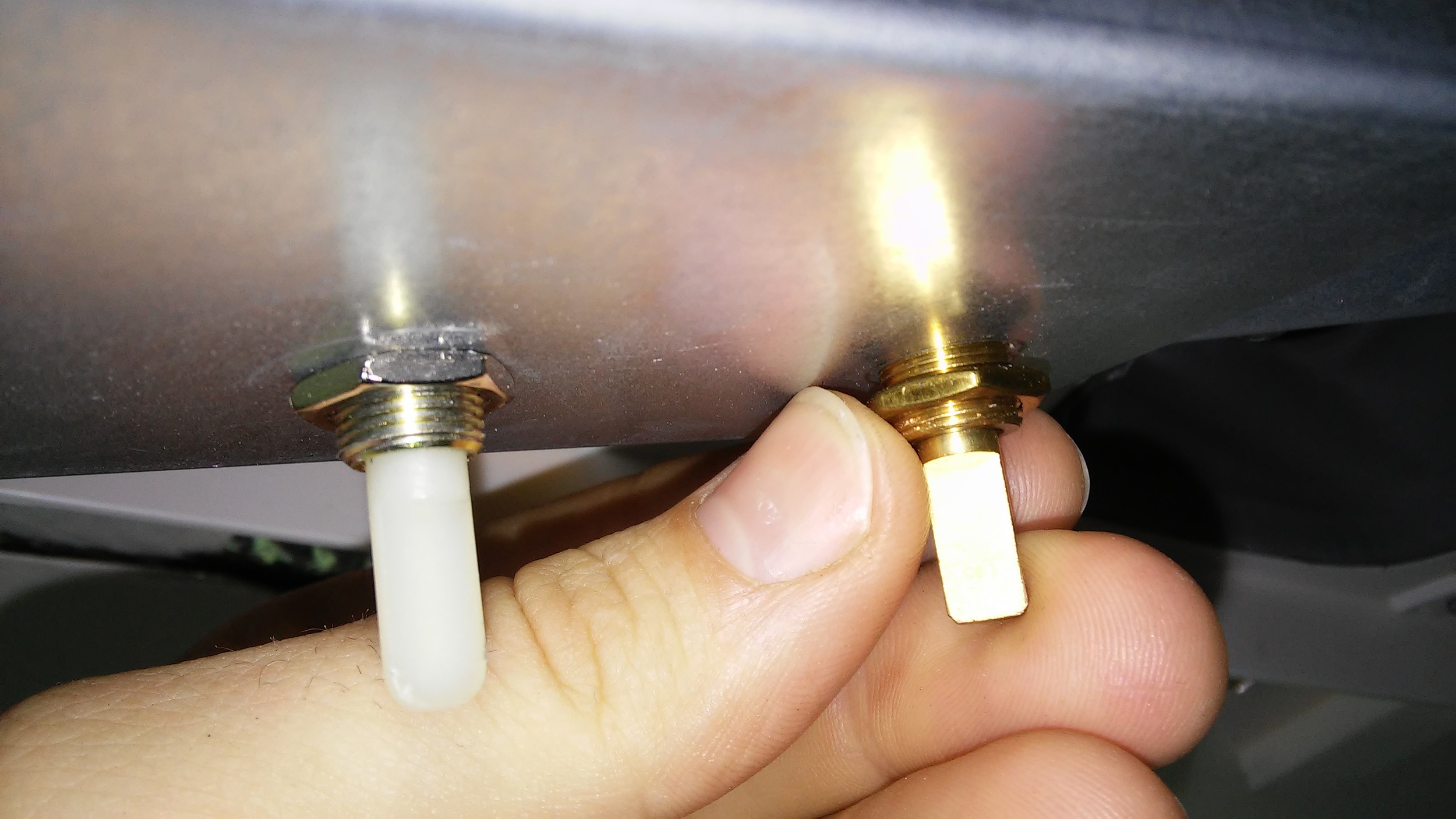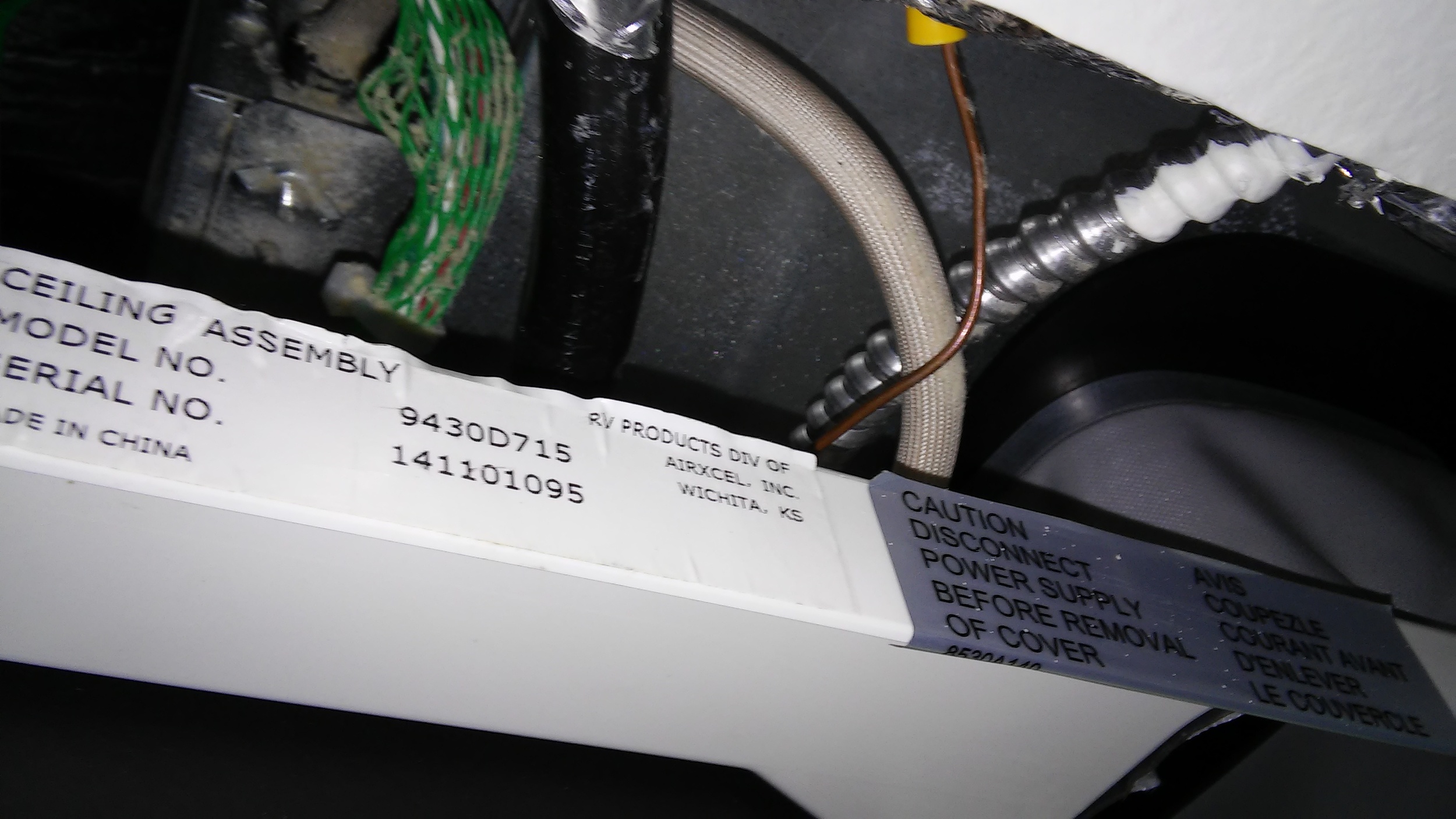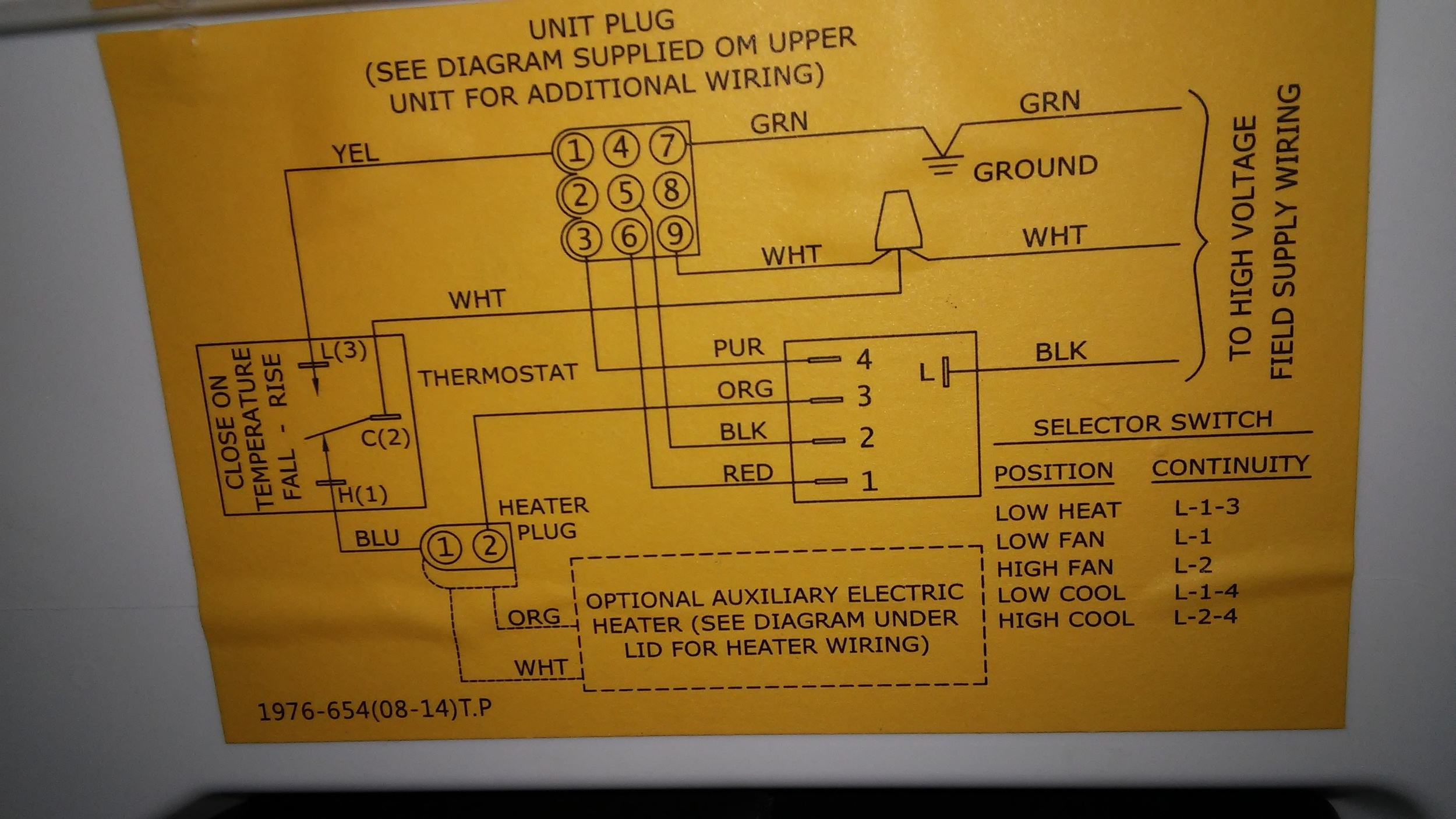Some of these links are "affiliate links." If you decide to buy something based on our recommendation, it would be nice if you used the direct link from this page so that we can make a small commission for referring you (which doesn't cost you anything extra).
Something had to go wrong at the last minute, and here it is. Plugged in to test drive and my running lights don't work. Turns out the truck end of the umbilical is corroded and falling apart. You can purchase a new umbilical locally, but it doesn't include the bit that plugs into the trailer. I was able to reuse my old one, but if you need a new one, VTS has them here.
1974 Airstreams did not use the same wiring convention as current 7-way plugs, so you need to ignore the directions on the back of the plug, and wire like so:
The above picture uses a standard RV cord. But not all cords use the same color conventions. In fact, the standard 7-way cable and the extreme cold weather 7-way cable from VTS are both different from the one I used, and both different for each other.
Looking at the back of the trailer side connector (as pictured above) with the notch facing up, here's where the wires go:
POSITION FUNCTION AIRSTREAM MY CABLE VTS STANDARD VTS EXTREME
CENTER (+) AUX BLU BLK ORG RED
12 o'clock (-) GND WHT WHT WHT WHT
2 o'clock REVERSE BLK YEL PUR BLU
4 o'clock BRAKE YEL BLU BLU BLK
6 o'clock L TURN RED RED YEL YEL
8 o'clock RUN/TAIL GRN GRN BRN BRN
10 o'clock R TURN BRN BRN GRN GRN





